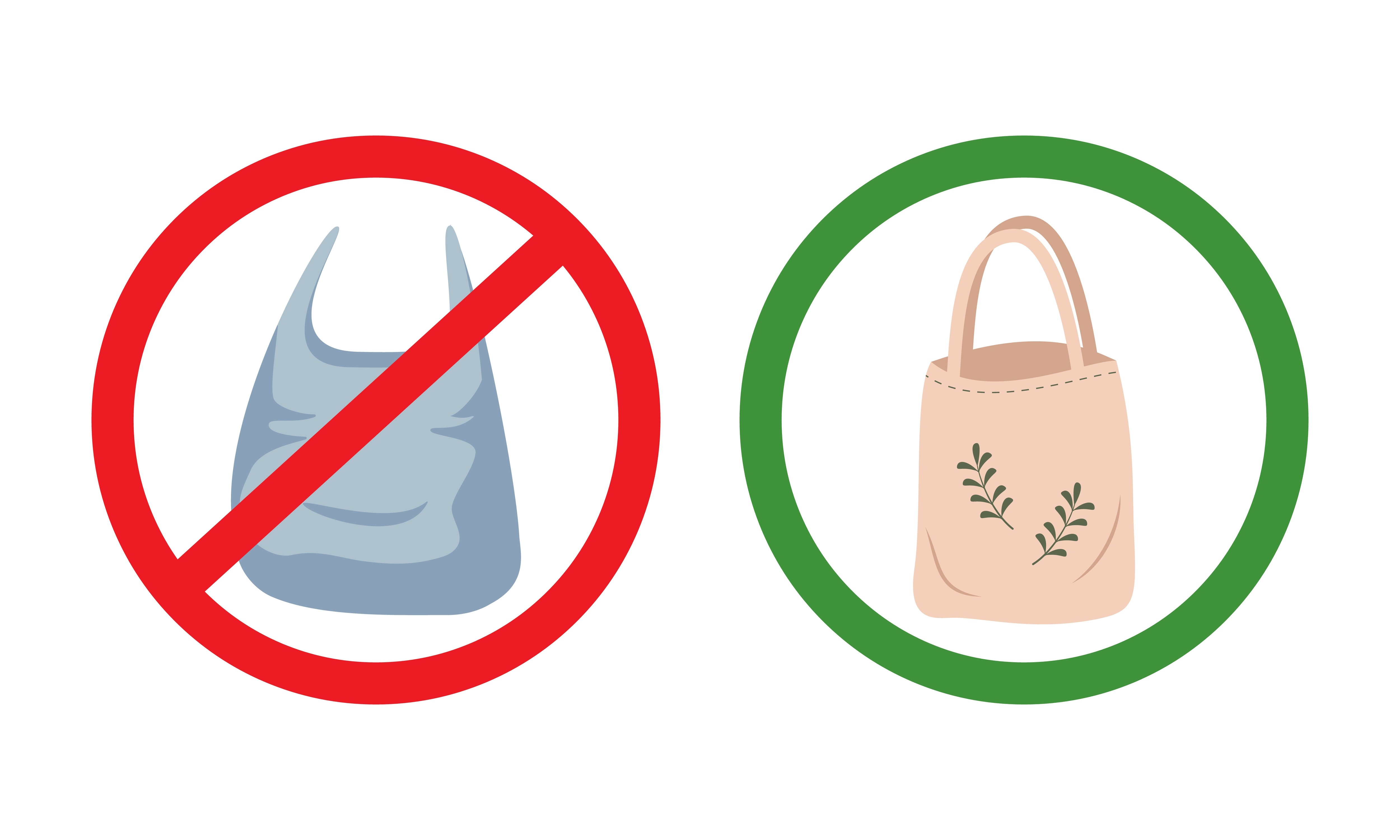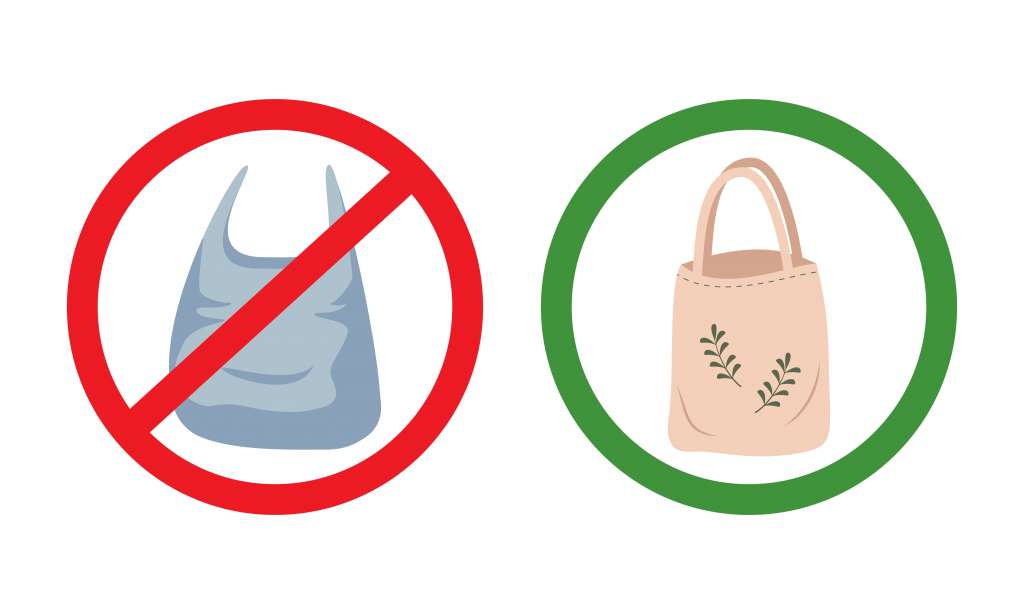10 Transformations to Achieve the Sustainable Development Goals



Summary: The willingness to adapt to new demands is the way ahead for any fashion brand. The UN sustainable development goals have activated the alarm clock for the industry on adopting sustainable practices in procuring, sourcing, manufacturing, and packaging fashion goods. Here are 10 ingenious ways you can become a sustainable brand.
The 2030 sustainable development goals set by the UN have formalized the call for earth- and life-friendly manufacturing cycles and lifestyle activities. The fashion industry is notorious for contributing to alarming levels of carbon emissions, water pollution and energy-intensive practices. It also accounts for 20% of the total plastic produced annually all over the world. With such a climate-negative footprint, the industry stands at the threshold of making a positive transformation with the adoption of sustainability goals.
A Quick Look at the 17 Sustainable Development Goals
Here are the 17 sustainable development goals that the UN has set its eyes on. These goals are meant to transform our world from a carbon-intensive to a climate-neutral lifestyle.
- No Poverty
- Zero Hunger
- Good Health and Well-being
- Quality Education
- Gender Equality
- Clean Water and Sanitation
- Affordable and Clean Energy
- Decent Work and Economic Growth
- Innovation and Infrastructure in Industry
- Reduced Inequality
- Sustainable Cities and Communities
- Responsible Consumption and Production
- Climate Action
- Life Below Water
- Life on Land
- Peace and Justice Strong Institutions
- Partnerships to achieve the Goal
10 Transformations That Get Your Fashion Brand into the Sustainable Club
Here are 10 measures that will transform your brand outlook and positioning and can get you going on the path to sustainable development goals by 2030.
- Empowering women workers (Fulfils Goals 1, 5, 8, and 10)
Women workers in the fashion industry come from extremely dehumanizing backgrounds like domestic abuse, child labor, and forced pregnancy. The horrifying 2013 Rana Plaza factory collapse in Dhaka saw approximately a thousand garment workers trapped to death. Adopting fair trade practices and taking care of labor health and safe working conditions are sustainable actions.
- Fair and minimum wages to workers (Fulfils Goals 1, 8, and 10)

Most fast fashion suppliers and manufacturers flout human rights and pay unfair wages to their workers. Women should be paid fair and equal wages. The poor are living on less than $1.25 a day. Offering minimum wages increases financial inclusivity and security.
- Promoting slow fashion (Fulfils Goals 9,12, 13, 14, and 15)
Sustainable fashion happens to be slow. Fast fashion is energy and resource-intensive. Personalized fashion products and capsule closets that are lean but stocked with durable and versatile all-season clothing are some ways to pull off slow fashion and sustainable development goals.
- Ethical sourcing (Fulfils Goals, 9, 12, 14, and 15)
As per the sustainable development goals, fashion brands have to stop releasing chemicals and dyes into freshwater systems. Organic and naturally sourced fibers such as cotton, silk, and wool are good for ethical fashion.
- Water recycling and reducing water wastage (Fulfils goals 6, 9, 11-15, and 17)
The apparel and fashion industries dump a whopping 80% of their wastewater and dyes into water bodies such as seas and rivers. This wastewater is destroying marine ecosystems. Recycling water for use and treating chemical sludge is a good start to fulfilling sustainable development goals.
- Switching to green fuels (Fulfils Goals 7, 9, and 11-13)
According to a Down to Earth report, most brands such as H&M, Zara, and Puma have been unable to significantly reduce fossil fuel from their operations. Switching to clean energy like solar and wind power and adopting a zero-wastage policy can bring down the carbon footprint of the industry.
- Biodegradable and zero-waste packaging (Fulfils Goals 3, 6, 9, and 11-15)

Eco-friendly manufacturing alone is not going to help a fashion brand fulfill the sustainable development goals. Opting for green and zero-waste packaging is also needed to reduce dependence on plastics and polythene. Switch to compostable, biodegradable, and recyclable materials for packaging.
- Encourage worn wear and second-hand clothing (Fulfils Goals 9, 12-15)
Sustainable fashion can be substantiated by increasing the life cycle of a fashion product. By introducing worn clothing lines and second-hand clothing stores, fashion brands can cut down on mass production without hurting their bottom lines.
- Phase out fossil fuel fibers (Fulfils goals 11 to 15, 17)
Microfibers from synthetic fibers such as nylon and rayon account for one-third of plastic pollutants in the oceans. Phasing them out and introducing naturally sourced fibers from bamboo, sugarcane, algae, and cornstarch can help you become sustainable.
- Use data analytics in logistics and tech in manufacturing (Fulfils goals 7-9, 12 and 17)
Incorporating smart technologies such as 3D printers and AI in supply chain analytics can help in mitigating risks and disruptions that reduce wastage. Reduced packaging sizes, optimized inventory, and judicious procurement can contribute to responsible production and sustainable cities.
Small Acts Can Transform the World
As a sector that works toward creating the latest trends of all time, the fashion industry must take a step back from the oversupply of clothing and work toward sustainable fashion. Both fashion brands and consumers must acknowledge their role in environmental degradation. The fashion industry must spread awareness and start investing in sustainable alternatives where the demand meets the supply without price escalation and wastage.
If you are looking for a long-term solution to sustainability, Fashinza can help you with the resources and suppliers to stay ahead of the competition and the UN deadline.
For valuable insight into sustainable development goals and their realization, connect with our representative today!

Key Takeaways
- The UN sustainable goals 2030 have put the sustainability debate to rest by putting the 17 goals in black and white.
- The fashion brands, with their climate-negative footprint, have to transform into sustainable clothing labels. This would involve switching to sustainable practices in manufacturing, packaging, and reshaping consumer behavior.
- By giving fair wages to all and reducing dependence on energy-intensive processes and plastics, the industry can contribute to sustainable development goals.



















